Interesting history of another FLW
DLM2000-GW
4 years ago
last modified: 4 years ago
Featured Answer
Sort by:Oldest
Comments (10)
bpath
4 years agoOne Devoted Dame
4 years agoRelated Discussions
Interesting comment about the history of virused infected roses.
Comments (5)Man...Henry, you are a fountain of positive thoughts. No wonder people would rather grow anything than a rose. Why don't you pick on another plant for a while....See MoreThe Percy Williams Actors Home (interesting bit of history)
Comments (2)I couldn't find out what happened to it. It was looking--that's how I found the article this morning. I could look harder, though. I'll give it another try....See MoreHouse tour - newly built FLW Usonian at Florida S. College
Comments (15)Amazing timing--my nephew just graduated from FSC last weekend! Unfortunately my sister and I left to come back to Miami right after the ceremony but our other two sisters got a guided personal tour of the entire campus from our nephew and they were amazed and awestruck by all the FLW architecture. Amusingly, my nephew who is 6'5" also remarked about FLW's dislike/distrust of tall people :). What I found especially fascinating was that around the perimeter of this stunning mid-century college campus, the houses are classic Florida southern vernacular: wide deep porches with big pillars, oak trees in front yards draped with Spanish moss...very interesting juxtaposition. Ann...See MoreChinoiserie, History, and Cultural/Historical Context
Comments (29)A&AE, I have been following this discussion with great interest, because I am going to be decorating with some pieces in the future that are "Japonisme," which is Chinoiserie's cousin, lol! My mom lived in Japan for a year back in the mid 50's and brought back a ton of stuff. Some of it was made more for European tastes. Also, she lived in SF for three years after that and bought a lot of Japanese influenced things to go with what she brought back. I have inherited it all now. So I tend to love Asian influenced things but also I have a style that can be described as "sentimental" or as I call it, "cozy granny" because most of the stuff I like hasn't been in style since granny's day or even great great grandma. I've always liked antiques, but at my age, things that are considered antiques today are the MCM stuff I grew up with. When I was a kid back then, that was NOT the definition of antique! I like stuff from the late 1800's through Art Deco. I like Victorian, but couldn't live with most of it. Arts and crafts is one of my favorite styles and that definitely had an Asian influence. I don't know if Chinoiserie has ever been extremely popular, but right now I am up against a couple of trends which I think are also influencing how a younger generation might view Chinoiserie. One is gender, because my SO for whatever reason, is very strongly against floral things. My dad didn't like floral things all that much either, but he often just acquiesced to my mom and that was fairly typical I think of male/female relationships in the last century and maybe even the one before that. The home was the typical purvey of the "woman of the house" and Chinoiserie was popular with them. I think there is a great deal of sexism in considering certain colors and motif's "feminine" but it's out there and prevalent so there you go. My SO certainly suffers from that cultural conditioning. So now that men are taking a more active role in home-making (at least some men, my SO included) and marital relations are looked at more as a partnership, there's a lot more influence of taste that might be considered "masculine" in the home, from color palettes to art and furniture styles, like the "industrial" trend. Not to say that men don't like florals and women don't like gears, but I know in my decorating dilemmas, it is often gears vs flowers and we tend to compromise on styles and designs that are less extreme--abstracts, geometric stuff, etc. I'm not sure what will bring about a revival of the taste for Chinoiserie or even Victorian or antique anything. Folks are more transient nowdays and aren't as inclined to devote themselves to a set aesthetic in their homes. They want a flexible look. So I think individual pieces of Chinoiserie will always be popular, like art, dishes, fabrics and accent furniture. I think the total look will remain popular with only a few folks who can afford it. Because of the transience, I am afraid the days of those gorgeous Chinoiserie influence wallpapers are gone forever, at least in big common spaces in homes. While I love the look, even I myself would not go for it, because I would want to be able to more easily change out the look of a room from season to season or year to year. But I have little vignettes of Japonisme all around my current home. When I have some time, I may post some of them. Here's a quickie, just something I totally threw together. The framed pictures are very old calendar pics that my mom had from back in the 50's in SF. They are just there right now to fill up the space and hide the very ugly white back of the shelving units. They will go on the wall eventually, and my mom's collection of Japanese dolls will go in the unit when I get it properly set up and the glass doors installed....See MoreDLM2000-GW
4 years agobpath
4 years agoDLM2000-GW
4 years agoHolly Stockley
4 years agobpath
4 years agoOne Devoted Dame
4 years agoDLM2000-GW
4 years ago
Related Stories
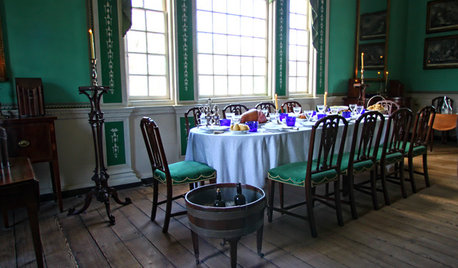
COLORWhen Color Could Kill: Stories From the History of Paint
Delve into paint's storied past — what you learn about its history and modern incarnations may surprise you
Full Story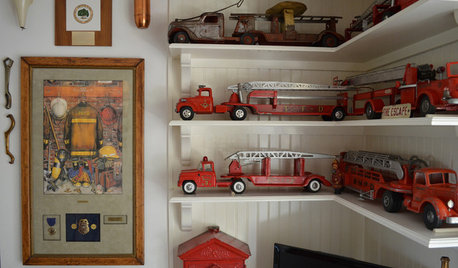
HOUZZ TOURSMy Houzz: History and Charm Infuse a California Hilltop Home
They've lived almost 50 years in one home, but this constantly renovating couple has design tastes that don't stand still
Full Story
GARDENING GUIDESGreat Native Plant: Rattlesnake Master for Unique Interest
Serpents actually don’t give a hoot about this prairie wildflower, but insects do — and the foliage is a big draw too
Full Story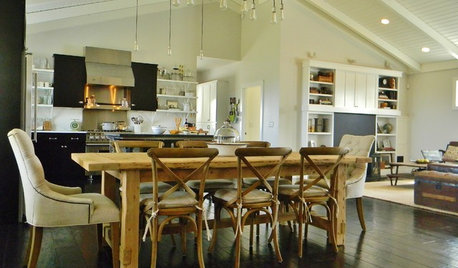
HOUZZ TOURSMy Houzz: History Resonates in a New Washington Farmhouse
Sentimental memorabilia join reclaimed pieces to create a warmly personal home for a family
Full Story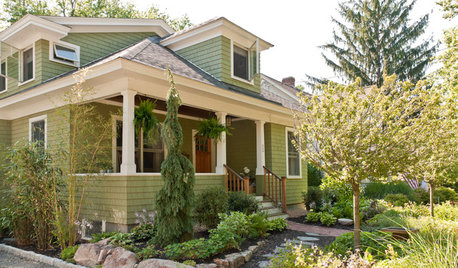
TRADITIONAL ARCHITECTUREHow to Research Your Home's History
Learn what your house looked like in a previous life to make updates that fit — or just for fun
Full Story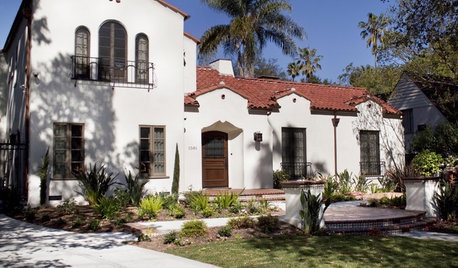
ROOTS OF STYLEClues to Your Home's Architectural History
Use this quick guide to design themes to identify the era and style of your house's details
Full Story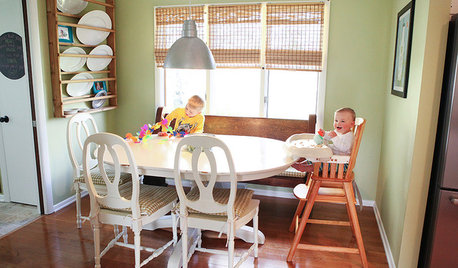
MOVINGSaying Goodbye to One Home and Hello to Another
Honor your past and embrace your future with these ideas for easing the transition during a move
Full Story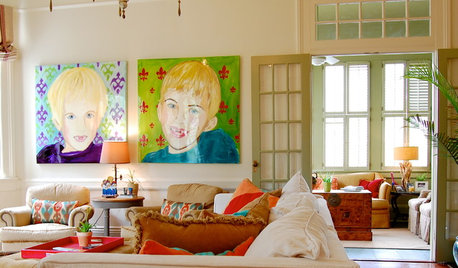
LIFEGive Your Home a History by Telling Your Story
Share your family's epic saga — or even just kiddie doodles — for a home that's personal, meaningful and inspiring
Full Story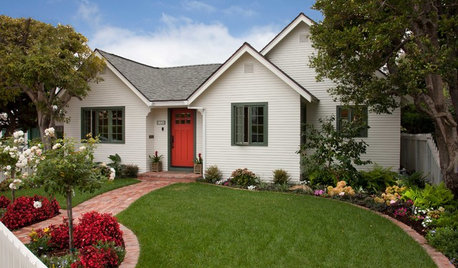
HOUZZ TOURSHouzz Tour: Updates Honor a 1930s Cottage's History
The facade stays true to the original, but inside lie a newly opened layout, higher ceilings and 600 more square feet of space
Full Story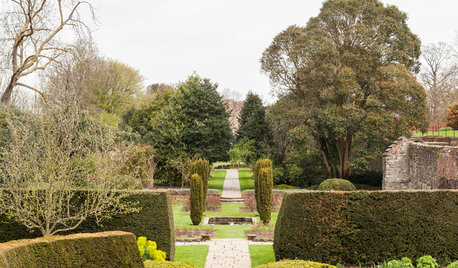
HOMES AROUND THE WORLDGarden Tour: A Rich History Is Revived at Eltham Palace
This classic English garden mixes medieval relics with 1930s style
Full StorySponsored
Zanesville's Most Skilled & Knowledgeable Home Improvement Specialists






Virgil Carter Fine Art